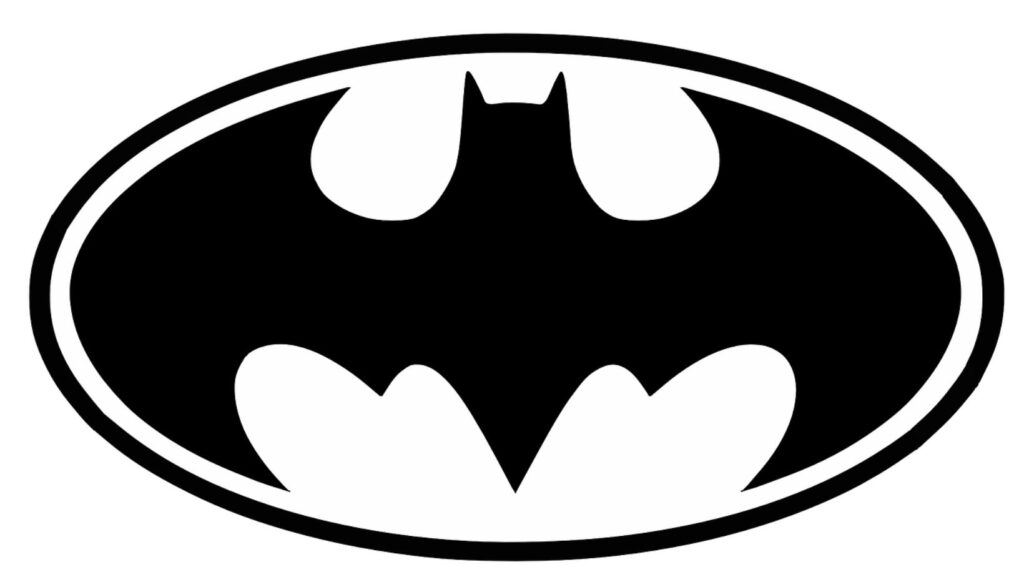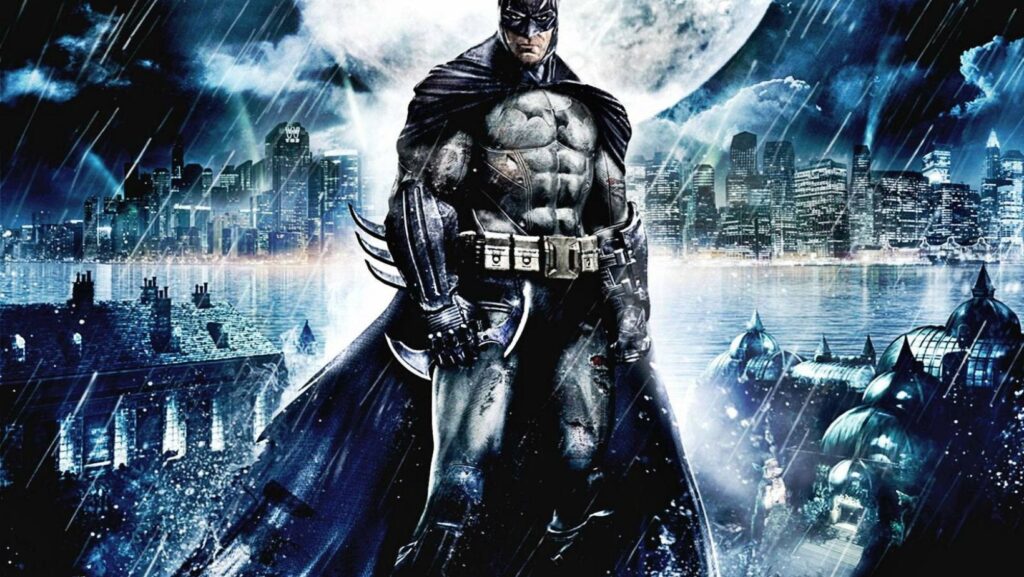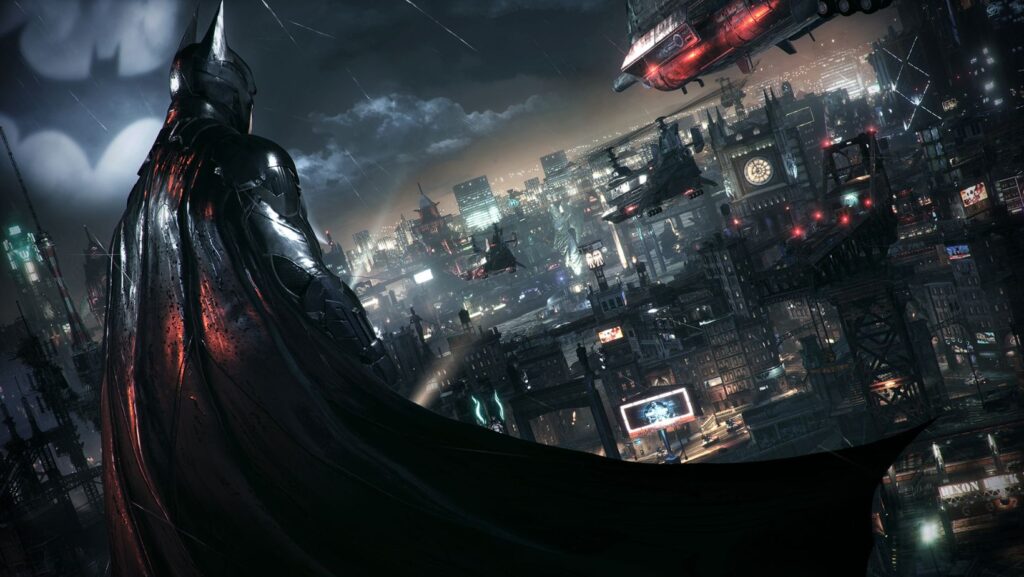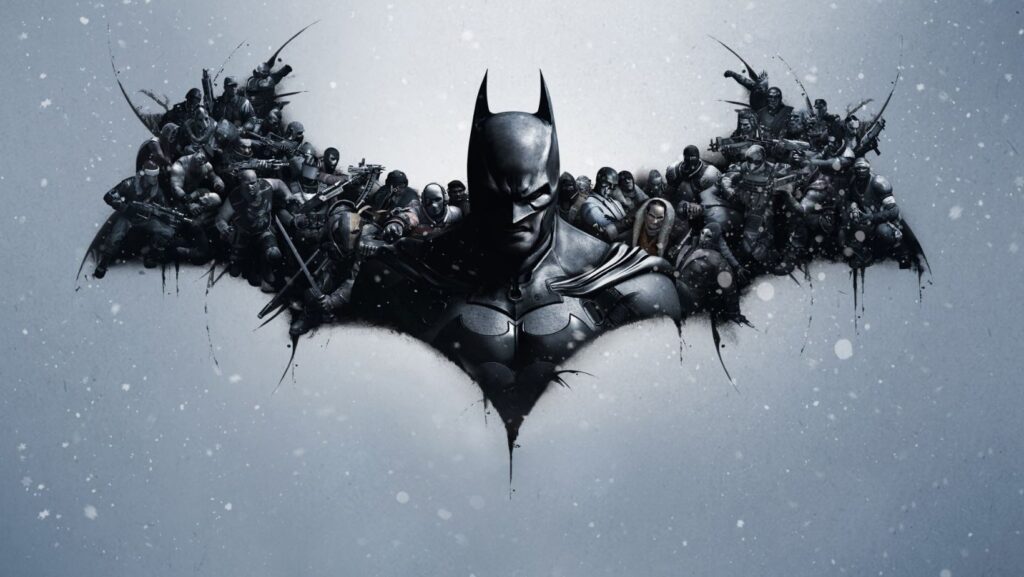Drawing:s-xs4jtuj3q= Batman

Drawing Batman, the iconic Dark Knight of Gotham City, is a thrilling endeavor for artists of all skill levels. With his distinct silhouette and brooding presence, Batman’s character offers a unique challenge that combines elements of realism and comic book flair. Whether it’s capturing his cape’s dramatic flow or the intense gaze beneath his cowl, artists find endless inspiration in bringing this legendary superhero to life on paper.
Aspiring artists often start by studying Batman’s various portrayals across comics, movies, and animated series. Each iteration offers a different perspective on his appearance and personality, providing a rich tapestry to draw from. By understanding the nuances of his design, artists can develop their own interpretations while staying true to the essence of Batman’s character.
This guide will explore essential techniques and tips to help artists capture Batman’s essence, from sketching his powerful physique to detailing his iconic costume. Embrace the challenge and unleash your creativity as you embark on this artistic journey.
Choosing Your Batman Style

Deciding on a style plays a crucial role in capturing Batman’s iconic essence. Artists can select from various interpretations of Batman, influenced by his appearances in comics, movies, and animated series.
- Comic Book Style: Batman’s comic book origins often emphasize sharp lines and bold colors. This classic approach captures the dynamic action and dramatic expressions typical in graphic novels. Artists opting for this style can reference works by artists like Jim Lee or Neal Adams for inspiration.
- Animated Series Style: Featuring smoother lines and simplified color palettes, animated series offer a more stylized version of Batman. Artists may choose this approach to capture a younger or more colorful portrayal, drawing inspiration from series like “Batman: The Animated Series”.
- Movie Style: These portrayals often include realistic textures and a darker palette. Artists depicting Batman in this style can focus on intricate details in his costume and facial expressions, reflecting real-world elements. Reference Christopher Nolan’s “The Dark Knight” trilogy for a grounded, realistic depiction.
- Mixed Media Style: By combining elements of various styles, artists can create a unique Batman portrayal that balances realism and stylization. This approach allows for flexibility in technique and creativity, allowing artists to develop an individualized interpretation.
Each style offers distinct challenges and opportunities, with artists encouraged to explore and experiment to find the best fit for their artistic vision.
Essential Drawing Materials
Every artist drawing Batman needs specific materials to ensure quality results:
- Pencils: Artists use various pencils (e.g., HB, 2B, 4B) to define details and shades effectively.
- Erasers: Kneaded and plastic erasers are essential for correcting mistakes and refining highlights.
- Sketchpads: Acid-free sketchpads of varying textures provide a suitable surface for drawing.
- Inking Pens: Fine liners and brush pens help outline and add depth to Batman’s features.
- Markers: Alcohol-based markers enable artists to layer vibrant colors and create smooth gradients.
- Colored Pencils: Used for adding details and subtle color variations to the drawing.
- Rulers and Compasses: Tools like these create precise lines and curves, crucial for Batman’s gadgets and geometry in his costume.
Using these materials allows artists to achieve a detailed and dynamic representation of Batman, enhancing the creative process by providing control and precision.
Step-by-Step Guide to Drawing Batman

Creating an impressive Batman drawing involves breaking down the process into manageable steps. Follow this structured guide to capture Batman’s distinct look and powerful presence.
Begin the drawing by establishing a strong silhouette. Start with a rough sketch of Batman’s pose, capturing the proportions of his muscular physique. Use basic geometric shapes, like ovals for the head and torso, and lines for limbs, to set a solid foundation. This stage assists in visualizing the overall form and guides the placement of detailed features later on.
Integrate defining details of Batman’s face once the outline is complete. Emphasize the strong jawline typical to Batman’s character. Carefully draw in his stern eyes, typically covered by the iconic cowl, using straight lines for added intensity. Indicate the mouth with a firm expression, reflecting Batman’s determined and brooding nature. This step gives personality to the character and enhances realism.
